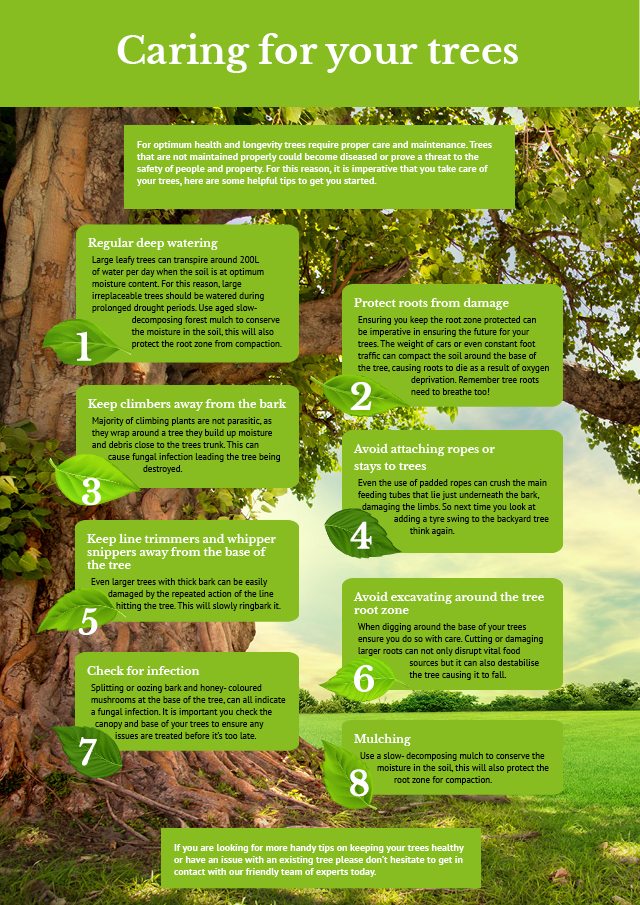Indicators It's Time For Tree Removal: How To Recognize Harmful Trees
Indicators It's Time For Tree Removal: How To Recognize Harmful Trees
Blog Article
Content By-Velling Butcher
When it comes to tree care, identifying the indications that it's time for removal is essential for your safety and security and residential property. You might notice blemished fallen leaves, wilting branches, or strange fungal growths indicating illness. Structural concerns, like a substantial lean or fractures in the trunk, can likewise position dangers. Recognizing these indication can assist you make educated decisions concerning your trees and prevent prospective hazards hiding in your backyard. What should you seek next?
Signs of Decay and Disease
When you observe indicators of decay and disease in your trees, it's critical to act swiftly. Look for stained leaves, wilting branches, or unusual growths like fungus. These can show that your tree is having a hard time.
If you see cracks in the bark or soft, mushy timber, these signs and symptoms suggest inner decay. Furthermore, an unexpected boost in insects around your tree can indicate that it's deteriorated and prone.
Look for any kind of dead or dying limbs, as they pose a threat to your property and safety. If you doubt regarding what you see, consulting an arborist can supply quality.
Attending to these indications early can save you from more comprehensive damage and guarantee the health and wellness of your lawn. Do not wait till https://www.2findlocal.com/b/14757966/precision-timber-felling-loveland-co 's far too late.
Structural Instability and Leaning
As you observe your trees, watch out for any type of signs of structural instability or leaning. If a tree leans substantially, it might indicate that the origin system is jeopardized.
Search for any kind of splits in the trunk or dirt around the base; these can indicate possible failing. Furthermore, check for uncommon growth patterns, like a lopsided crown, which may suggest that the tree is having a hard time to hold itself upright.
If you see that the tree leans toward your home, high-voltage line, or various other structures, it postures a better danger. Don't overlook these indications-- get in touch with an arborist to analyze the situation.
Doing something about it early can avoid expensive damages and ensure your safety.
Dead or Dying Branches and Vegetation
If you observe dead or passing away branches and vegetation on your tree, it's a clear indication that something's wrong.
These undesirable areas can show underlying issues like condition, insect invasions, or environmental tension. When branches shed their fallen leaves or turn brownish, they're no more contributing to the tree's health. Ignoring these signs could cause additional decrease, making your tree much more dangerous.
Dead branches can easily break short during tornados, posturing a danger to home and people nearby. It's essential to assess the degree of the damage.
If the trouble influences a significant part of the tree, think about speaking with a specialist. They can aid figure out if elimination is required to make sure safety and maintain the beauty of your landscape.
Final thought
If you discover any kind of indicators of decay, architectural instability, or dead branches on your trees, don't disregard them. These indications can position serious security risks to you and your residential or commercial property. It's always best to seek advice from a specialist arborist who can offer an expert analysis of your trees. Acting early can protect against How Much Does A Tree Trimming Business Make and expensive damages, guaranteeing your landscape stays safe and healthy and balanced. Bear in mind, it's better to be positive about tree care than to wait for a disaster to happen.
